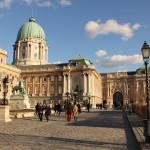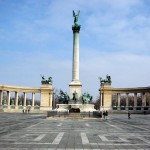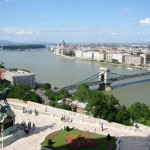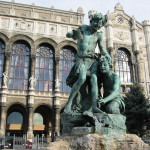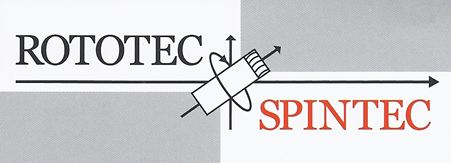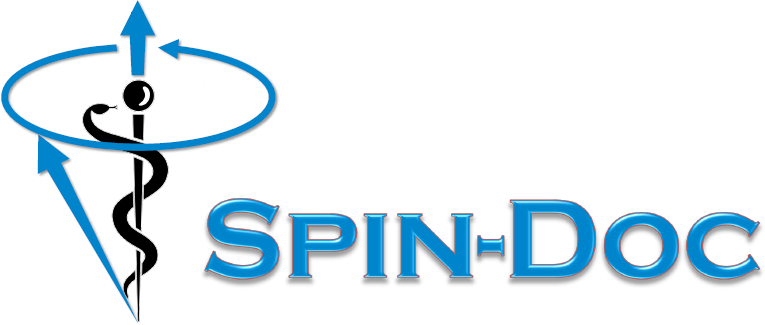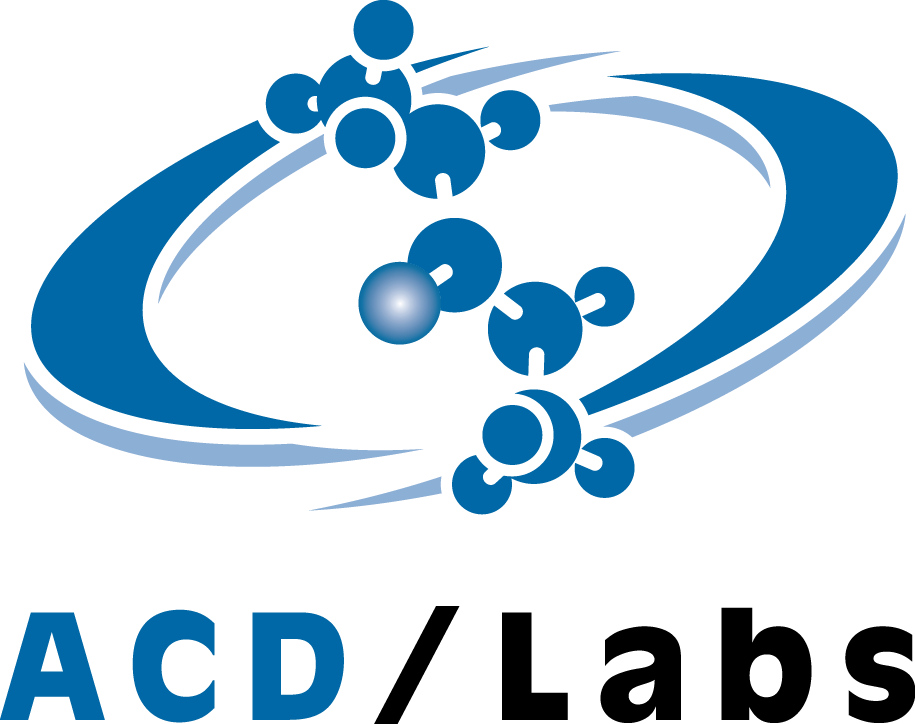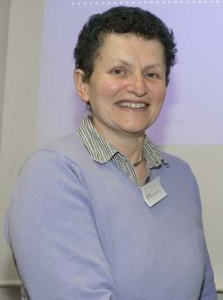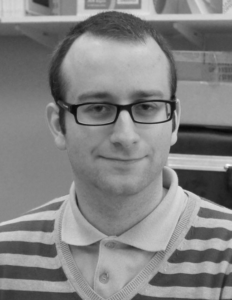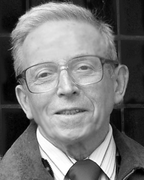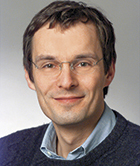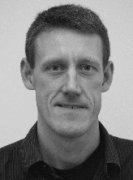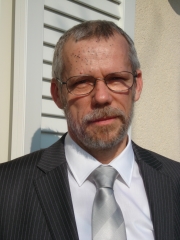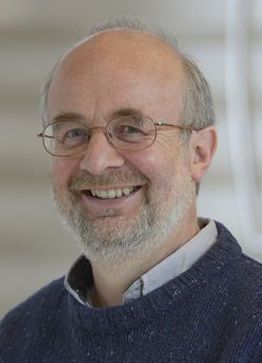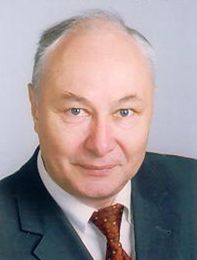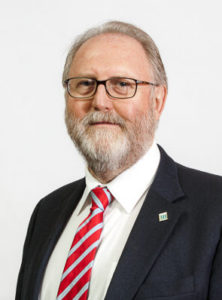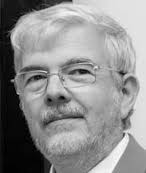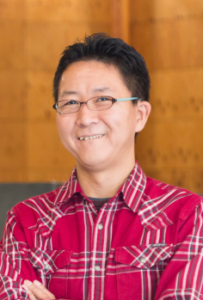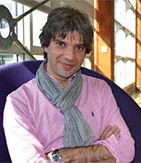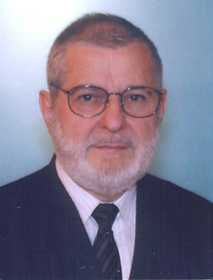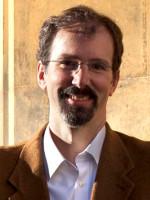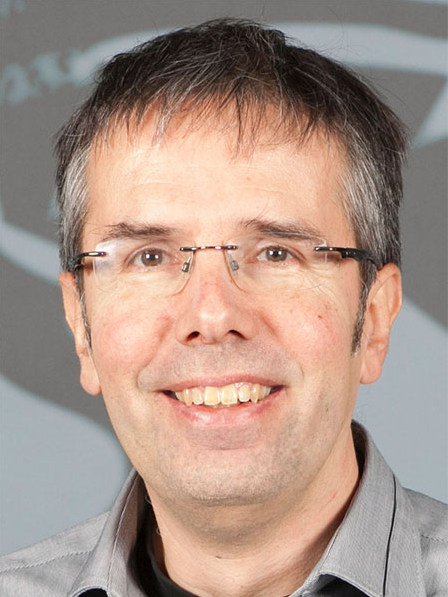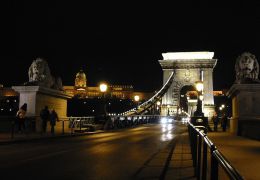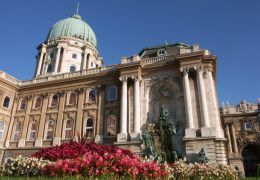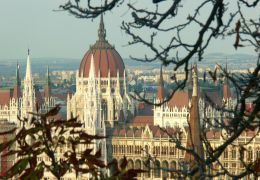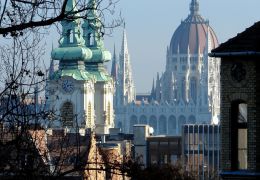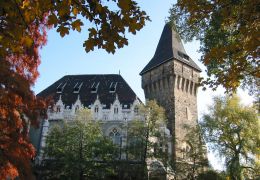About Budapest
Hungary
Hungary is a landlocked country of 93,030 km2 area in Central Europe, in the middle of the Carpathian Basin. It is bounded on the north by Slovakia; on the northeast by Ukraine; on the east by Romania; on the south by Serbia, Croatia, and Slovenia; and on the west by Austria. Plains and gentle hills of the Pannonian Basin dominate its surface. Some inselbergs form 600-900 m high mountain ranges. Temperate grasslands, agricultural land, meadows and non-coniferous forests characterise the landscape. Two major rivers: the Danube and the Tisza flow across the country from north to south. Lake Balaton, the biggest lake in Central Europe is a favourite target of tourists because of its warm water and nice landscape.
During its more than 1000 years of existence Hungary has experienced every possible historical ups and downs. It was several times invaded by different empires, occupied neighbouring areas, suffered several subdivisions, won battles and campaigns, lost world wars, survived civil wars and fallen revolutions. Since 2004 Hungary has been a member of the European Union.
Hungary has a slowly diminishing population of 10 million. The capital: Budapest is the most densely populated area with its 1.7 million inhabitants. Major cities of over 100,000 inhabitants are Debrecen, Miskolc, Szeged, Pécs, Győr, Nyíregyháza, Kecskemét and Székesfehérvár.
The dominant Hungarian (Magyar) population arrived from the east, from the Ural region. Its Finno-Ugric language and its traditional folklore is different from those of the surrounding Slavic, German and Romanian populations.
From the wide range of travel and tourism information sites on Hungary see e.g. the official Hungary tourism site or the site of the Lonely Planet.
Budapest
Budapest, the capital of Hungary, is an economic, financial and cultural centre with two million inhabitants. The city, which is beautifully situated on both sides of the Danube river has a history dating back over 2000 years. There are ruins from the times of the Roman Empire as well as from the Middle Ages. Its main characteristics reflect the atmosphere of the end of the 19th century when the millennium of the Hungarian State was celebrated. It boasts a number of museums (picture gallery of the museums), theatres, concert halls, a lot of restaurants and other amenities. Several baths and thermal waters of various medicinal springs are also at the disposal of visitors. In recent years the UNESCO put several parts of the city on the World Heritage list.
Photos: Tamás Thaler








